Rolls-Royce has always been a different kind of car company—quietly confident, never chasing trends, just setting a standard and letting the rest catch up. This list isn’t about flash or hype. It’s about the 10 models that matter. The ones that moved the needle in design, engineering, or presence without screaming about it. From prewar legends to modern cruisers that feel more like lounges than machines, these are the Rolls-Royces that stuck. The ones worth remembering. Let’s take a closer look—no fluff, just real cars with real stories.
1907 Rolls-Royce Silver Ghost
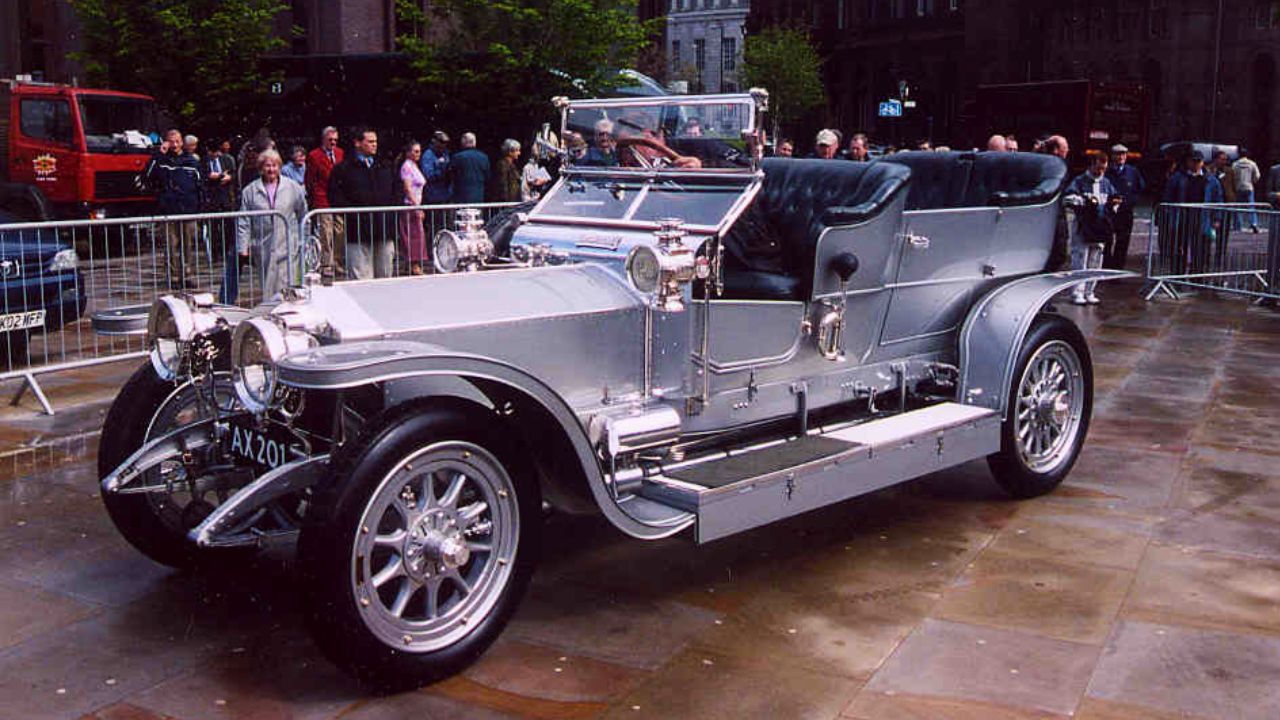
This is the one that built the brand. The Silver Ghost wasn’t loud about its power—it just kept going. Powered by a 7.0L inline-six, it made around 50 hp, but that was plenty in 1907. Its biggest claim? A near-silent ride and a 14,000-mile reliability run that no one else could touch at the time.
It rode on semi-elliptical springs and featured a 4-speed manual. The body was coachbuilt, so no two looked exactly alike. Inside, materials leaned heavily on leather and real wood. For something over a century old, the Silver Ghost still holds its own in any serious conversation.
1925 Rolls-Royce Phantom I
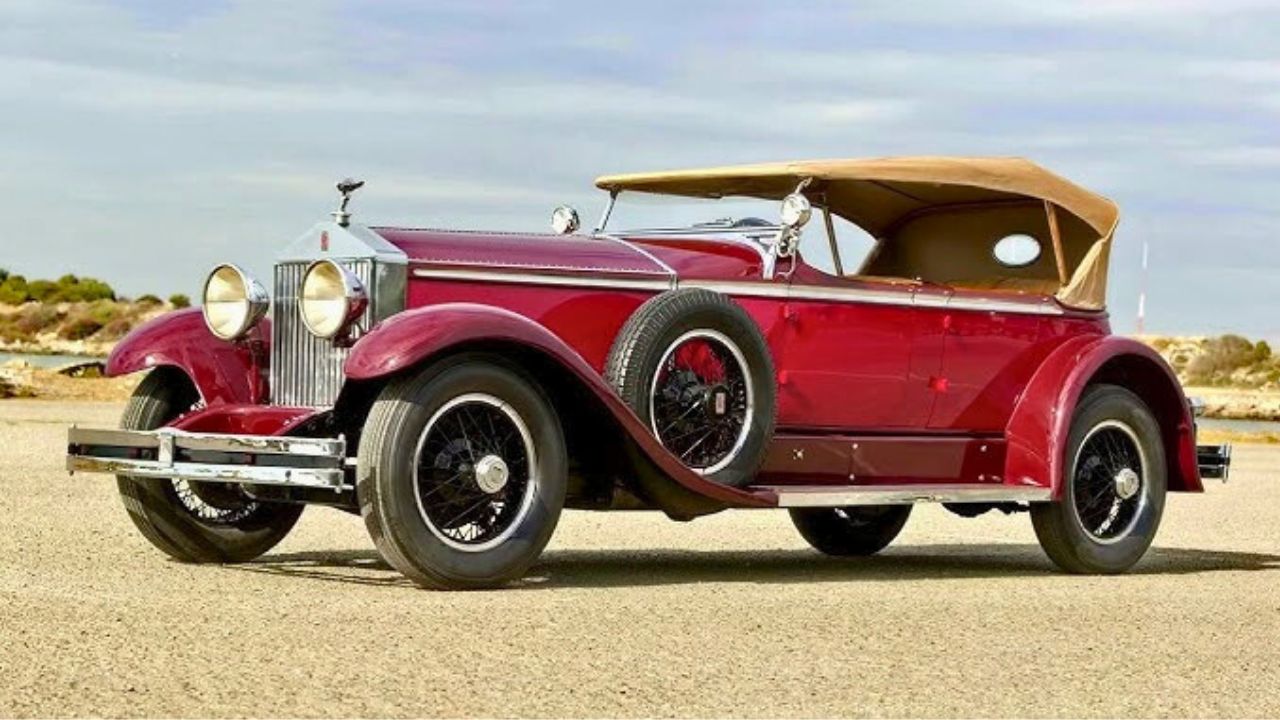
The Phantom I replaced the Silver Ghost but didn’t chase a revolution. It refined the formula. The 7.7L inline-six was quiet, smooth, and flexible—everything a car like this needed in the ’20s. Top speed hovered around 80 mph, but this was more about glide than rush.
Suspension used semi-elliptical springs up front and cantilevers in the rear—simple, but well-executed. Interiors were custom-built and could include anything from inlaid wood to silk trim. It wasn’t about showing off; it was about making a quiet statement, and it did that extremely well.
1936 Rolls-Royce Phantom III
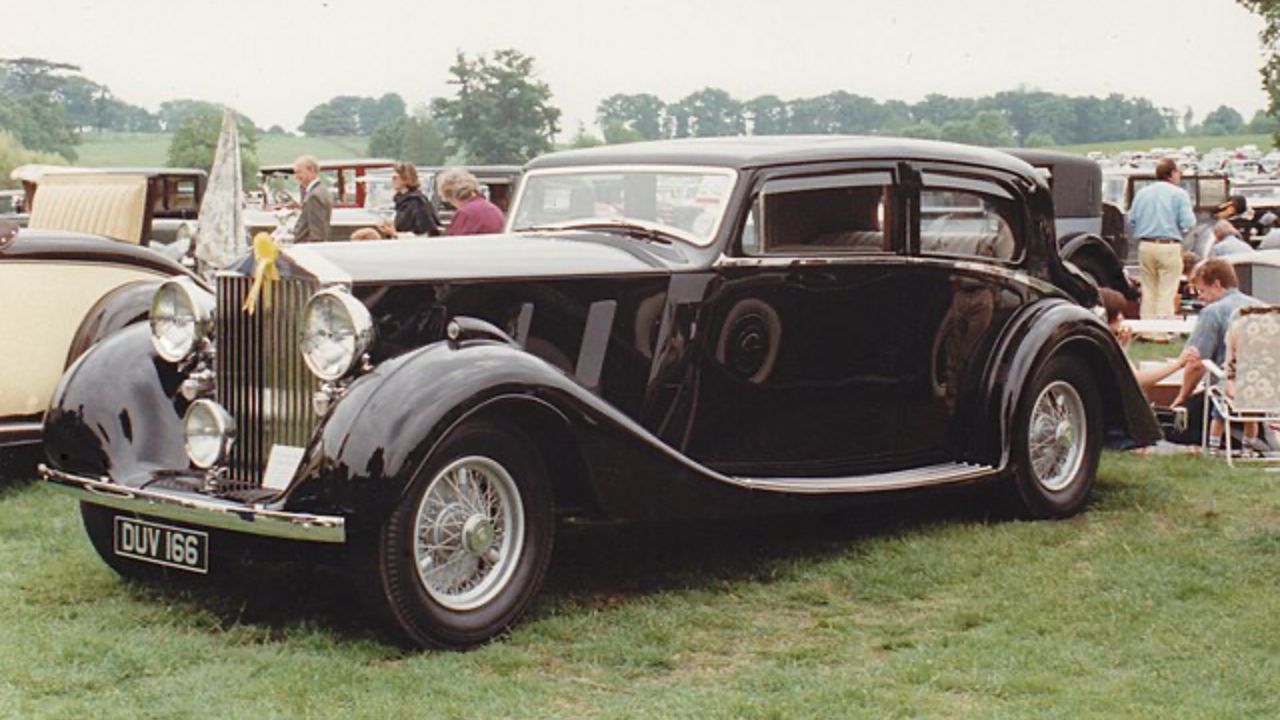
The Phantom III marked a real shift—this was the first Rolls to run a V12. A 7.3L aluminum-alloy V12, no less, with hydraulic tappets and twin ignition. It was complicated, but that complexity gave it uncanny smoothness for its time.
Independent front suspension and a fully boxed frame helped with ride quality and control. Interiors were coachbuilt as always, but even more refined now—with more built-in creature comforts. It was a technical step forward, but still felt like something pulled from a drawing room on wheels.
1955 Rolls-Royce Silver Cloud
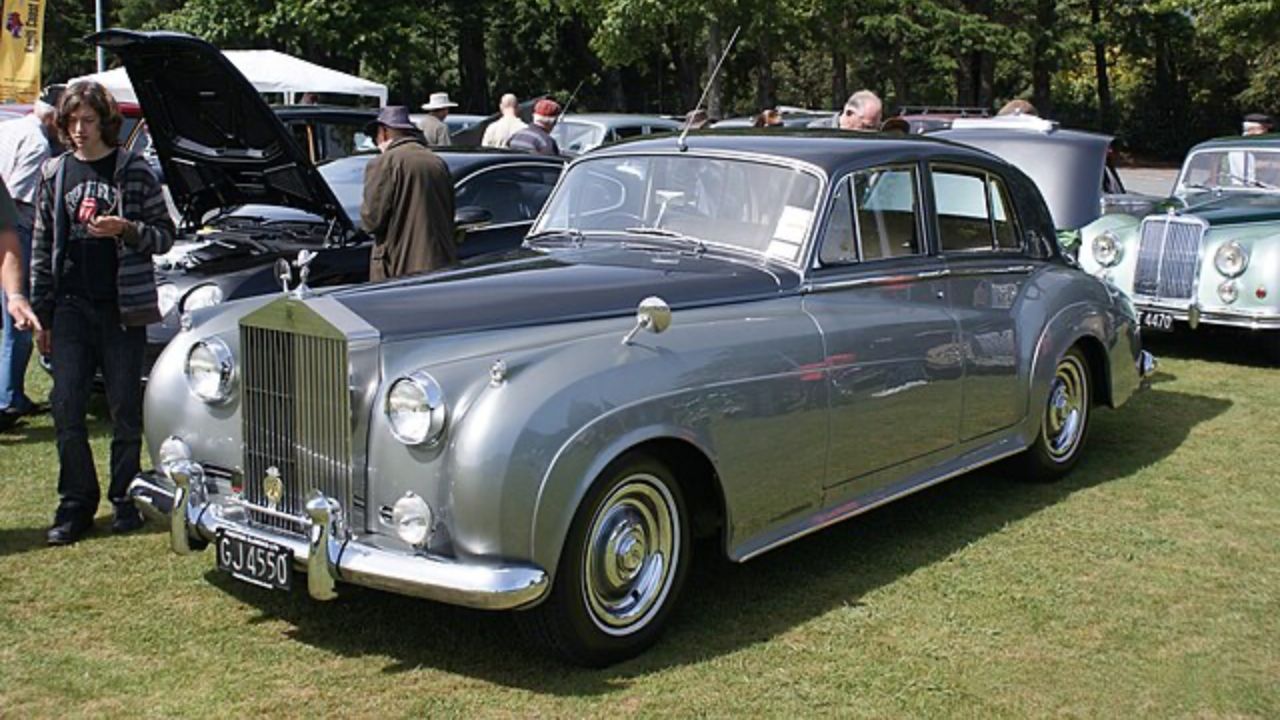
The Silver Cloud introduced a new look—longer, wider, and with soft curves that looked right at home in the postwar years. Under the hood was a 4.9L inline-six, later upgraded to a 6.2L V8 in the Silver Cloud II. Neither engine was fast, but they weren’t meant to be.
Its ride was pure comfort—coil springs in front, leaf springs in back, and damping that smoothed over just about anything. Inside, it was all about deep leather seats, thick Wilton carpets, and a wood dash that felt like a private club. It aged well, both in style and substance.
1965 Rolls-Royce Silver Shadow
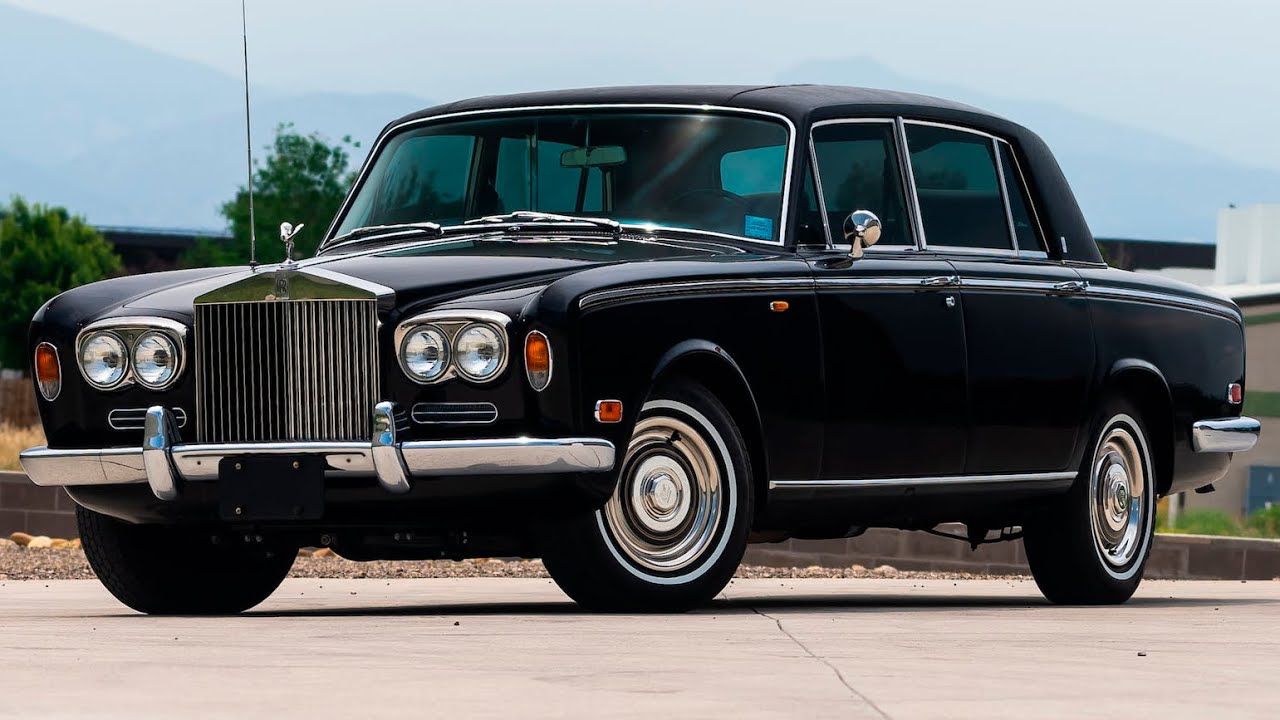
This one brought real engineering updates without changing the car’s personality. The Silver Shadow was the first Rolls to use unibody construction and featured fully independent suspension. It also introduced four-wheel disc brakes and a self-leveling hydraulic system.
The 6.2L V8 was solid and smooth, paired with a GM-sourced automatic. It wasn’t flashy, but it was modern underneath. Inside, it kept tradition alive—real wood, fine leather, and thick carpets—but added power windows and AC. The Shadow managed to move the company forward without losing its footing.
1971 Rolls-Royce Corniche
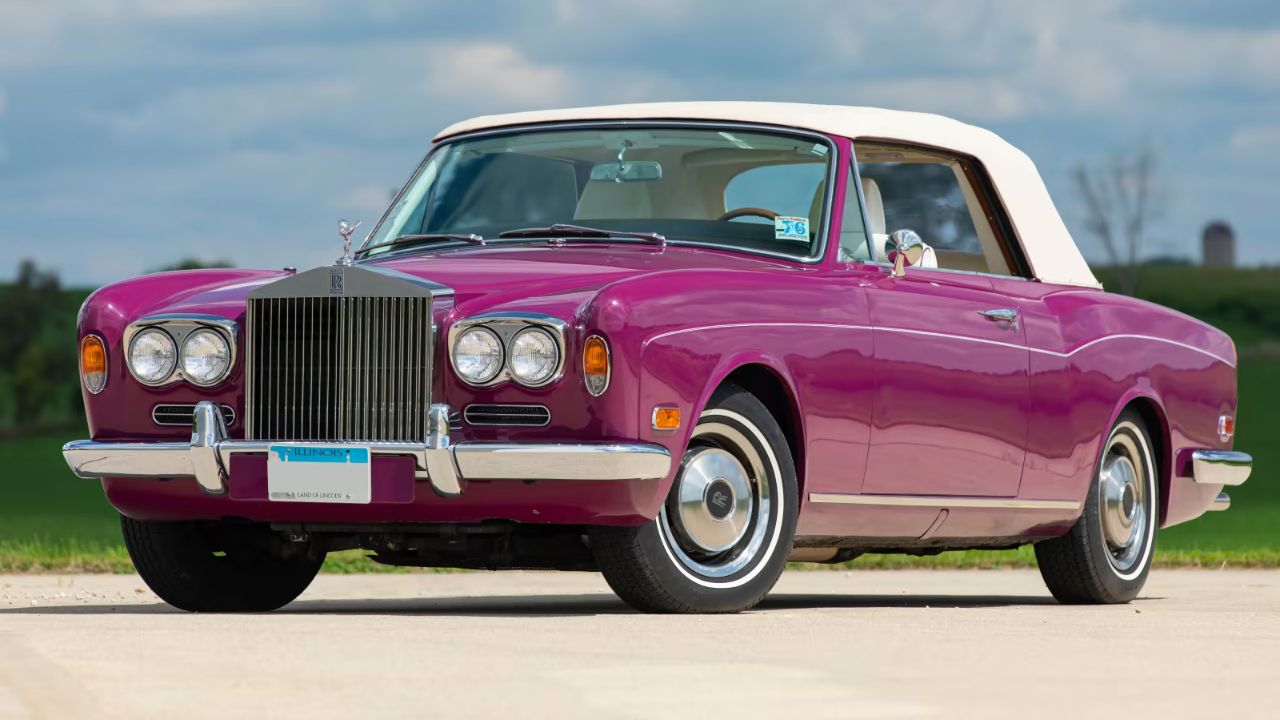
The Corniche came out swinging with style, especially in coupe and convertible form. It was based on the Silver Shadow platform but looked and felt more relaxed. Under the hood sat the same 6.75L V8, and while performance wasn’t wild, it cruised effortlessly.
It featured independent suspension with self-leveling in the rear, and it soaked up road imperfections like they didn’t exist. The interior kept things plush—hand-stitched leather, veneered wood, and quiet power everything. If you wanted something personal, elegant, and a little less formal, the Corniche was the car to have.
1998 Rolls-Royce Silver Seraph
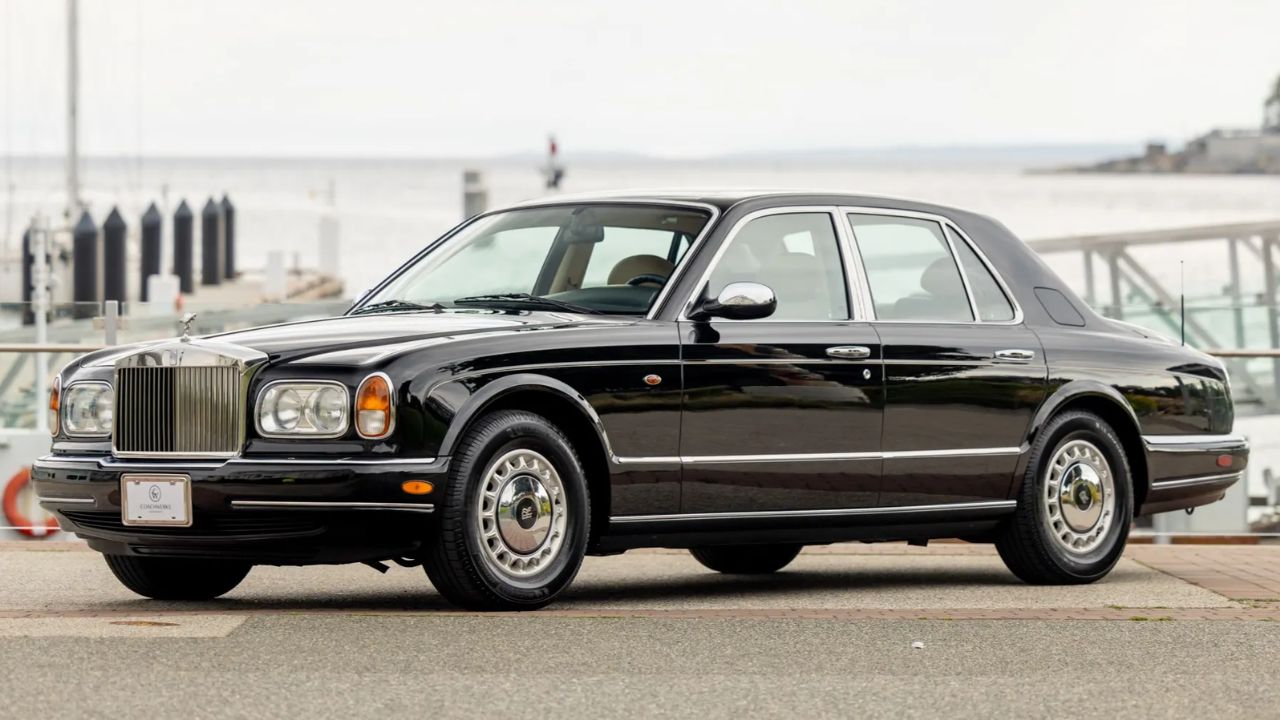
The Silver Seraph was the last traditional Rolls before BMW took over. It brought back the V12—a 5.4L engine sourced from BMW but tuned for smoothness and quiet operation. The body was new, but clearly familiar: long hood, short overhangs, upright grille.
Suspension was fully independent, and the ride felt like it floated without drifting. The cabin kept the wood and leather theme going strong, with tech upgrades like dual-zone climate and improved sound isolation. It was old-world charm meeting late-’90s refinement in a package that still holds its own today.
2003 Rolls-Royce Phantom VII
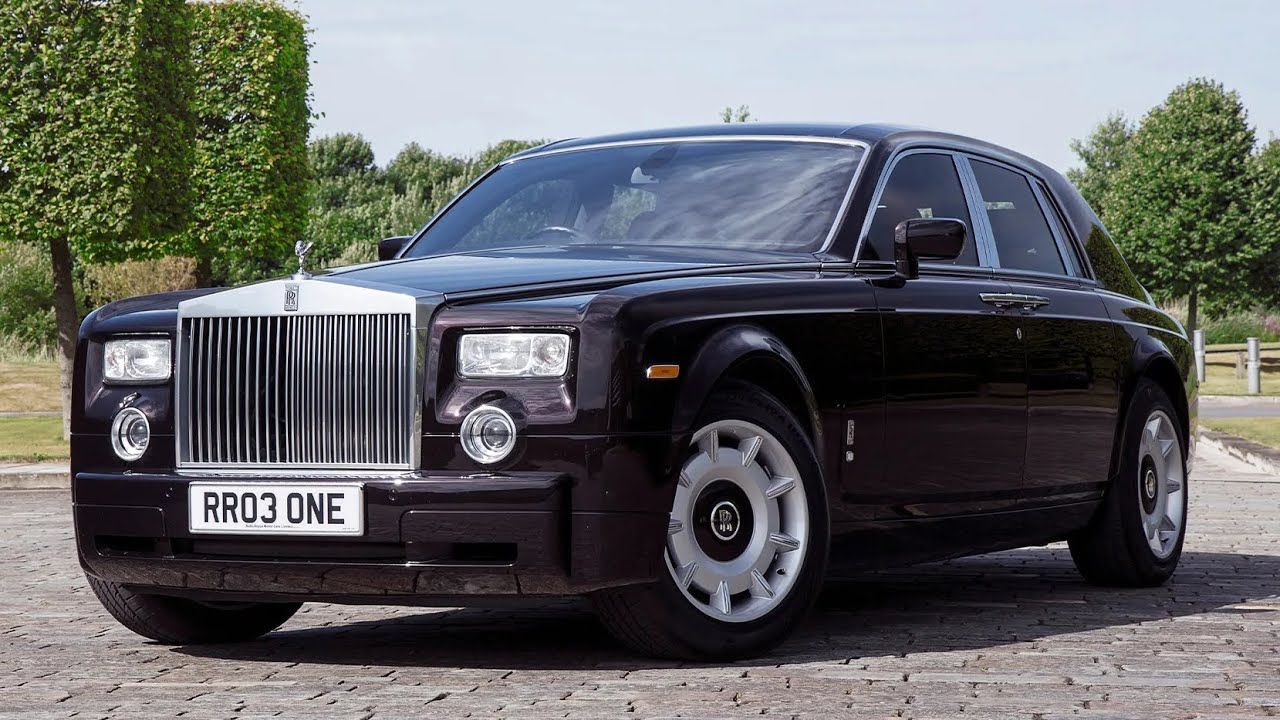
The Phantom VII was BMW’s first take, and they didn’t play it safe. It came with a massive 6.75L V12 paired to a 6-speed auto, pushing around 453 hp. Despite the size, it moved with quiet authority—never rushed, never loud.
Air suspension gave it the kind of ride you can only describe as disconnected from the road—in a good way. Inside, it was less about gadgets and more about feel. Thick wool carpets, book-matched wood, and hand-finished everything. It wasn’t about reinventing Rolls—it was about reinforcing what still mattered.
2016 Rolls-Royce Dawn
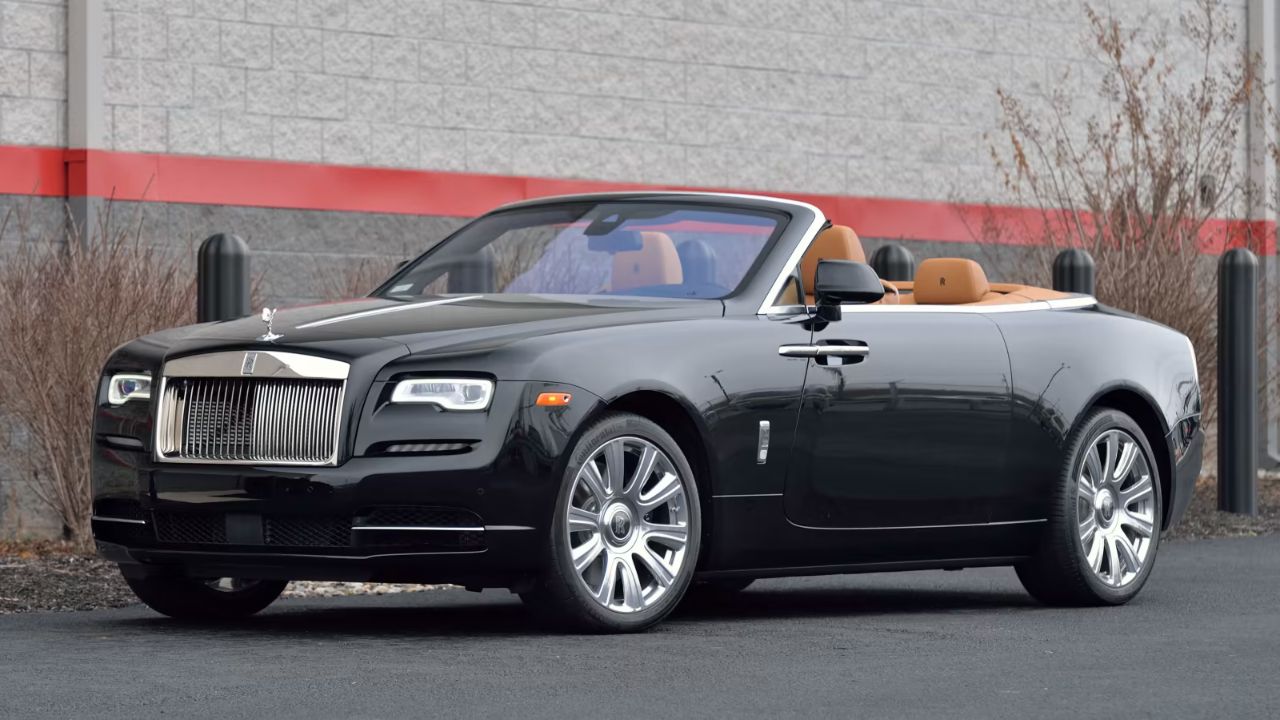
The Dawn wasn’t just a Wraith with no roof—it was its own thing. Powered by a twin-turbo 6.6L V12 making 563 hp, it had more than enough grunt to move its weight. But it never felt rushed. It was more about quiet confidence with the top down.
It used double wishbones up front and multi-link suspension in back, with adaptive dampers smoothing out the ride. Inside, the rear seats weren’t an afterthought, which is rare in a convertible. The wood deck lid, soft leather, and quiet cabin made it feel like a rolling resort suite.
2023 Rolls-Royce Spectre
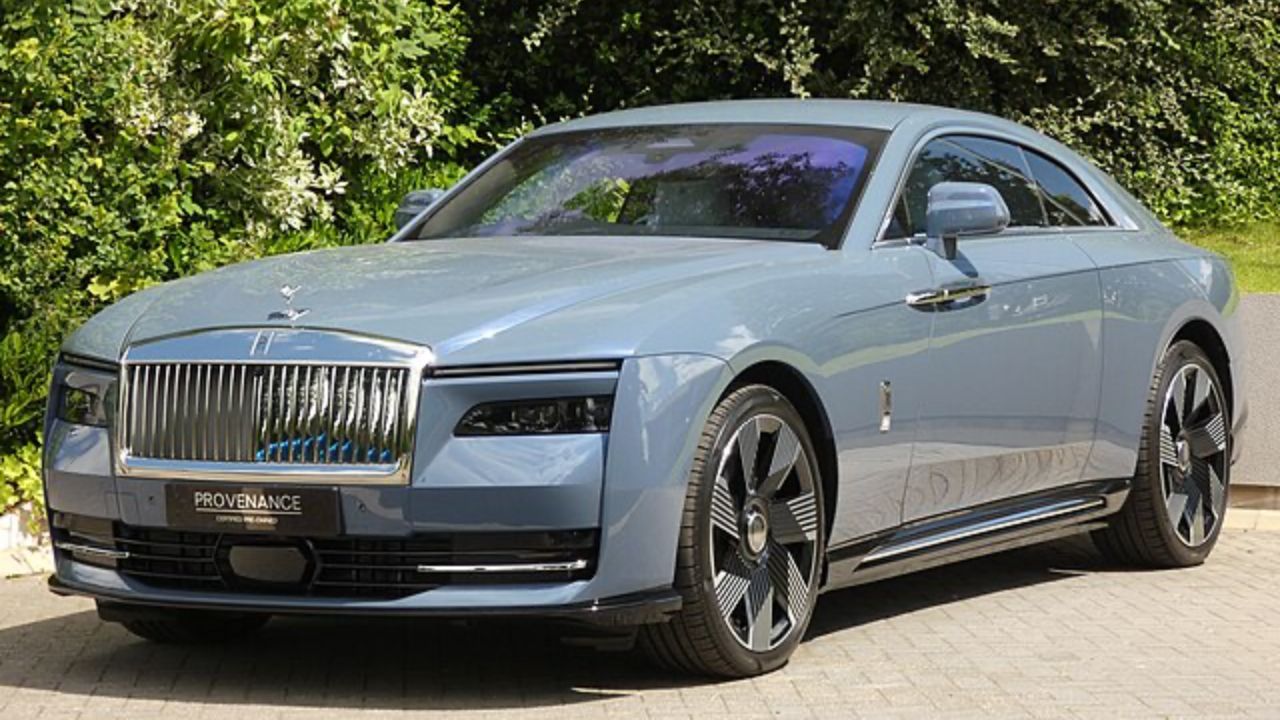
The Spectre marks a major turning point—it’s the first fully electric Rolls-Royce. With dual motors making 577 hp and 664 lb-ft of torque, it moves faster than you’d expect. Still, the focus isn’t speed—it’s silence, smoothness, and presence.
It rides on the all-aluminum “Architecture of Luxury” platform with air suspension and active anti-roll bars that scan the road ahead. The cabin is what you’d expect: starlight headliner, curved displays, and flawless materials. Electric or not, it still feels like a Rolls. The drivetrain just happens to hum instead of growl.
Like Fast Lane Only’s content? Be sure to follow us.
Here’s more from us:
*Created with AI assistance and editor review.

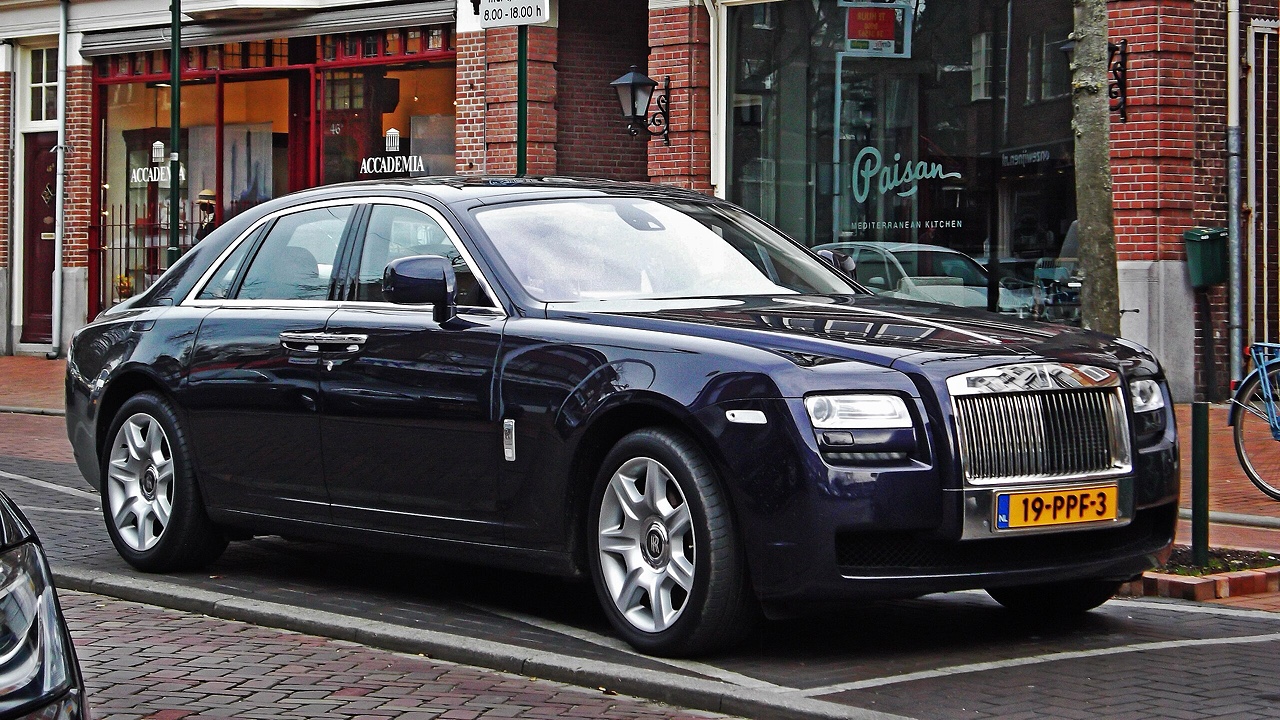
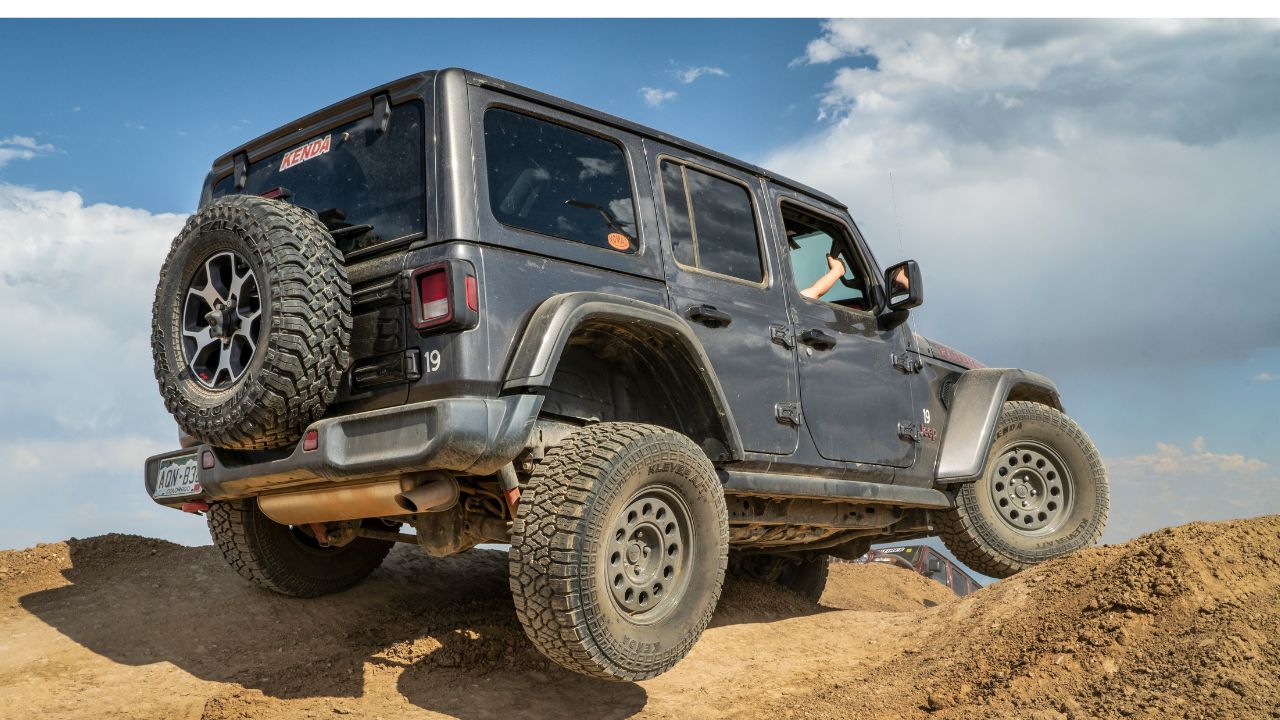
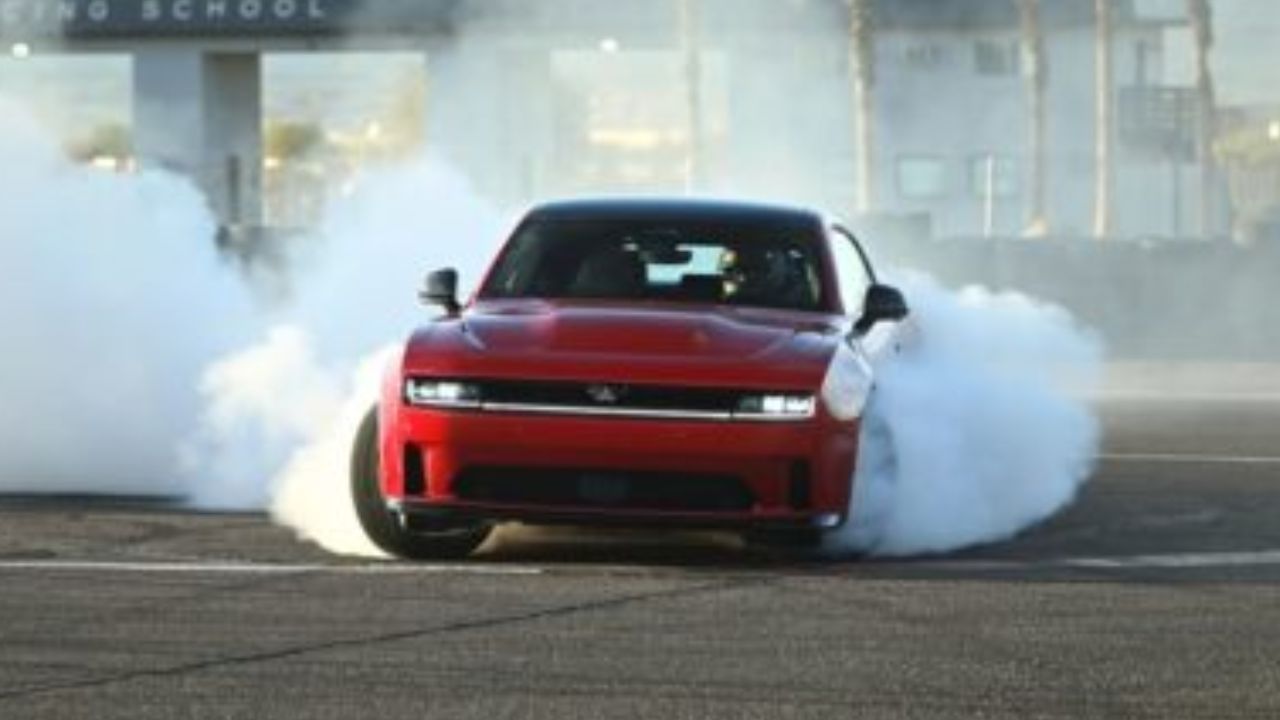
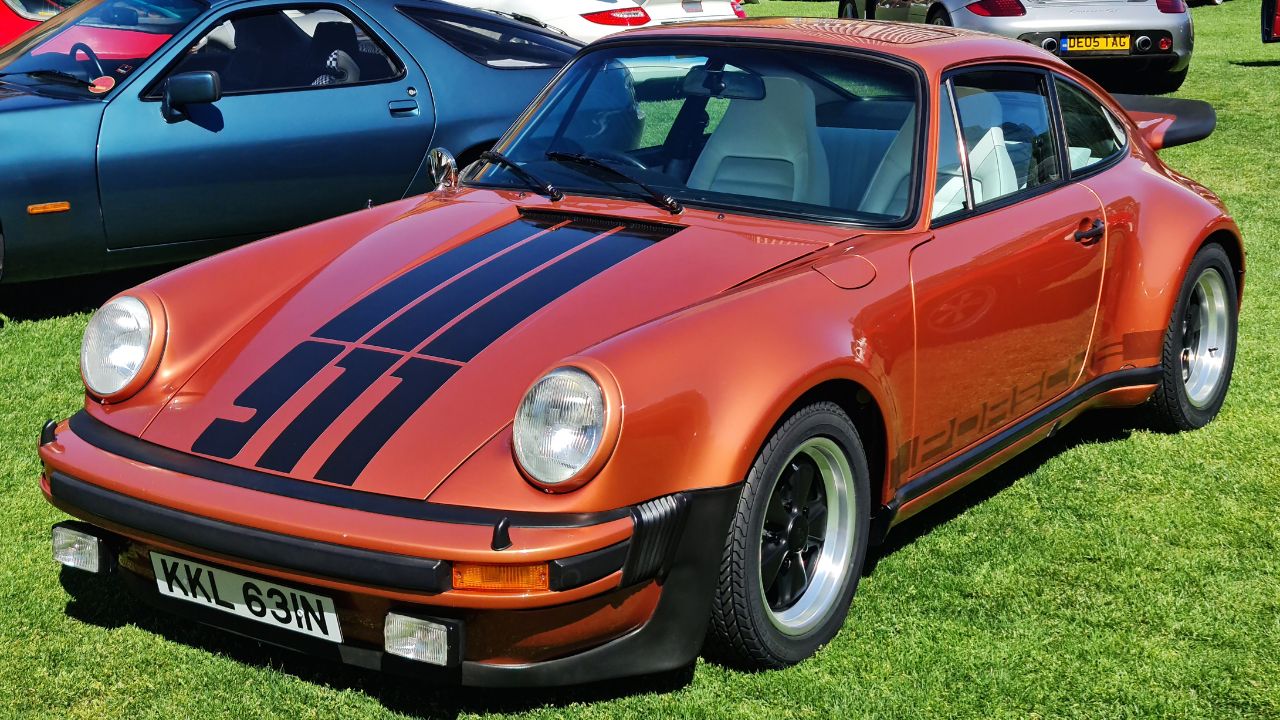
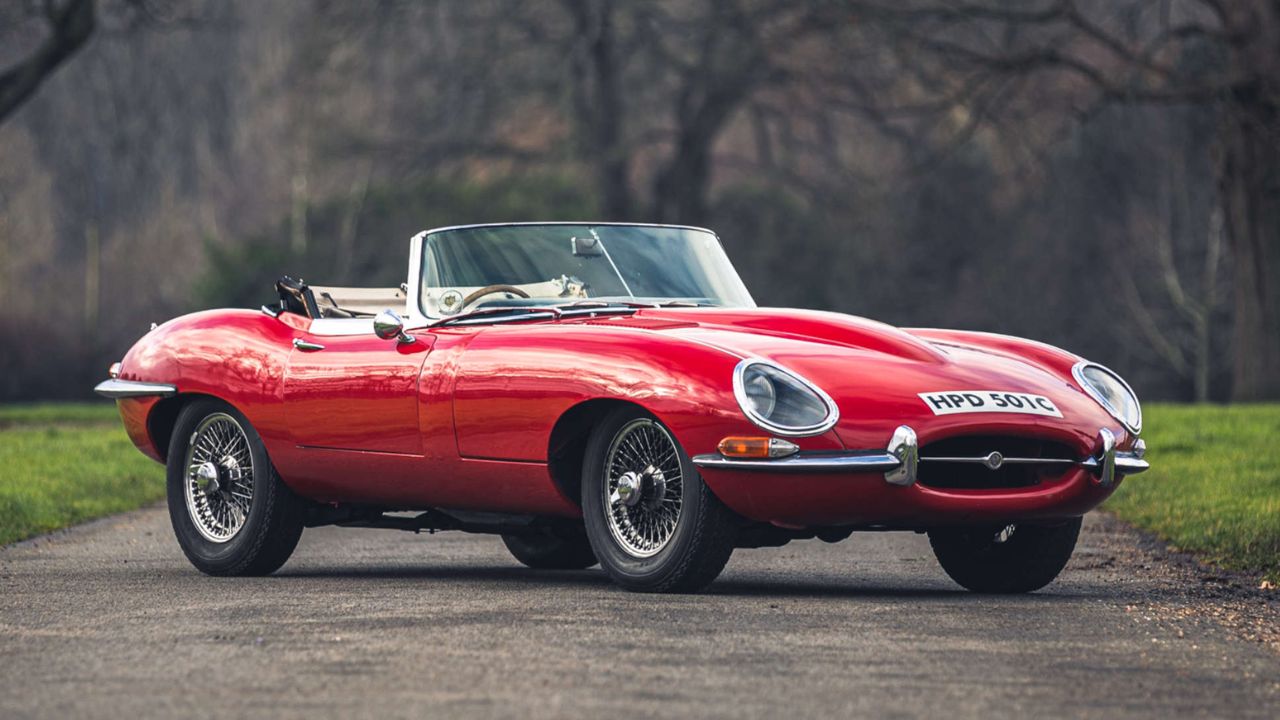
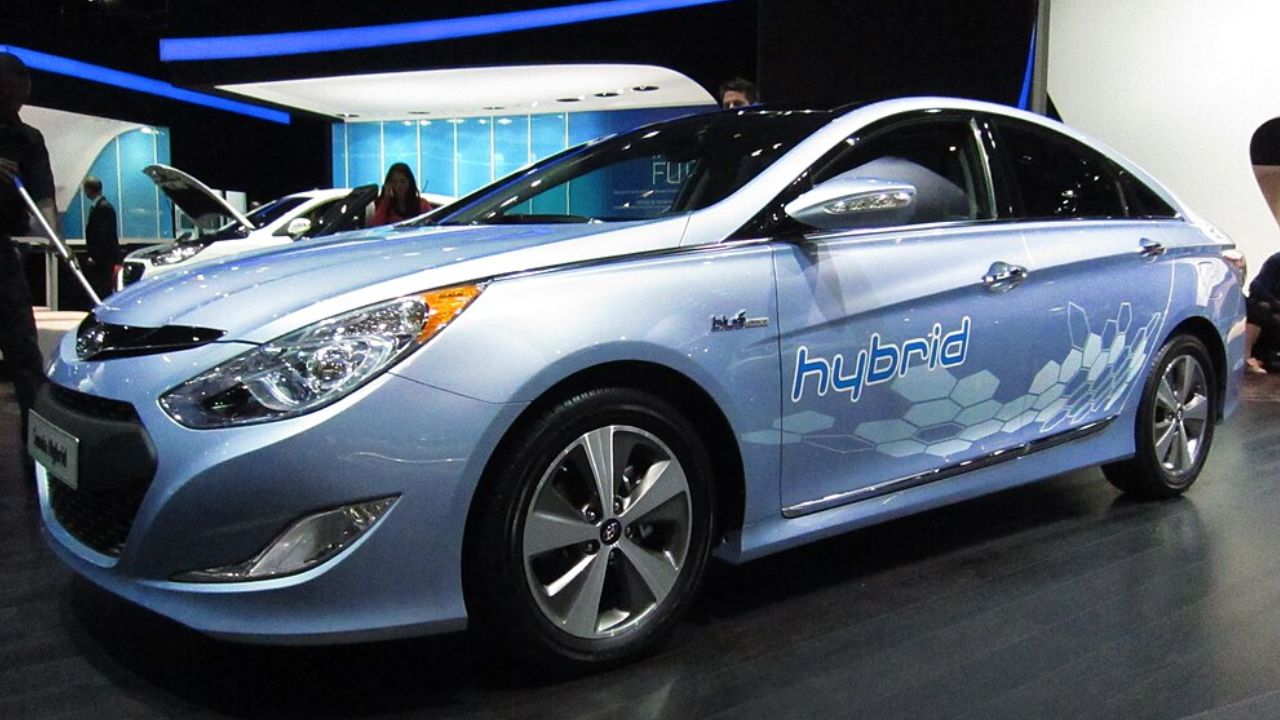
Leave a Reply